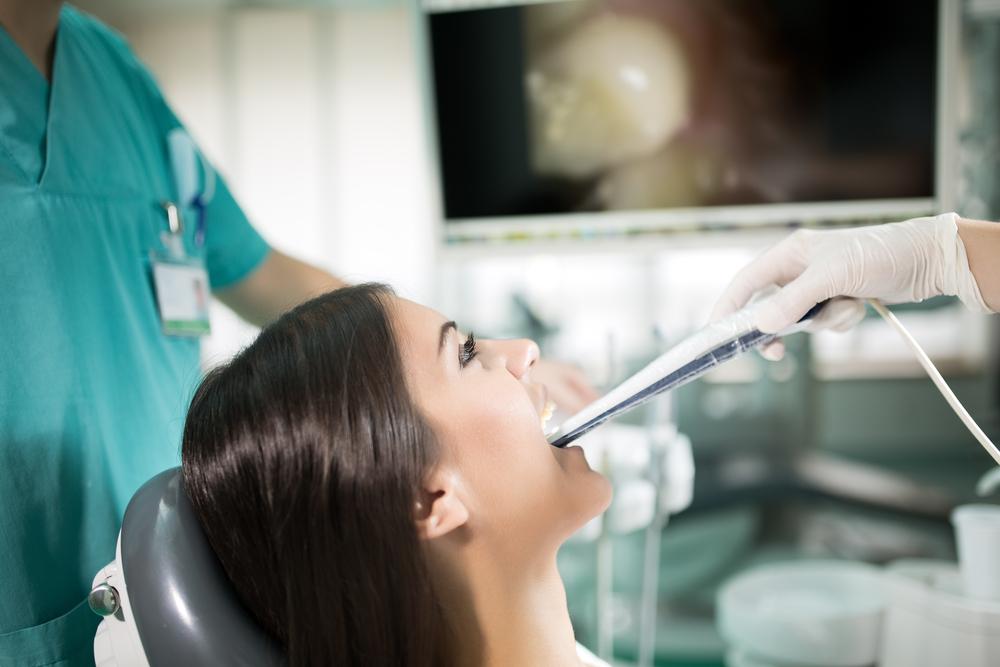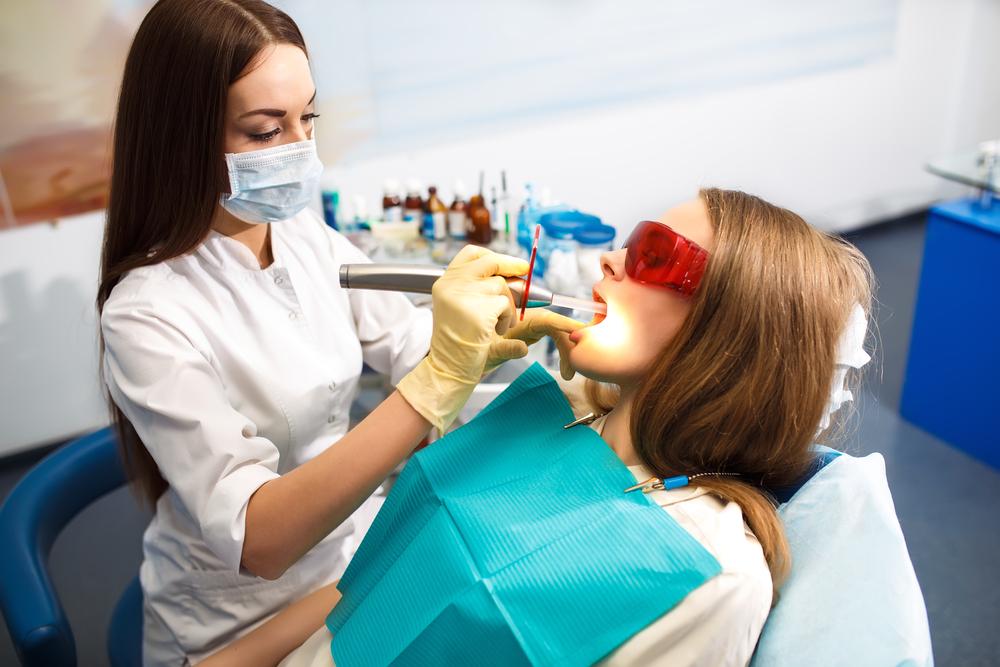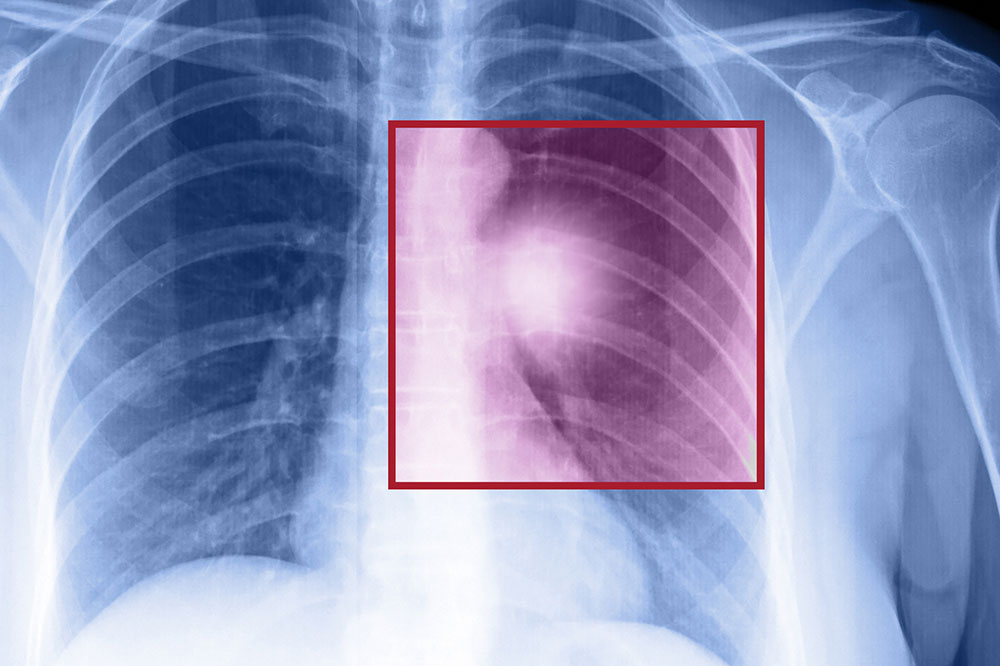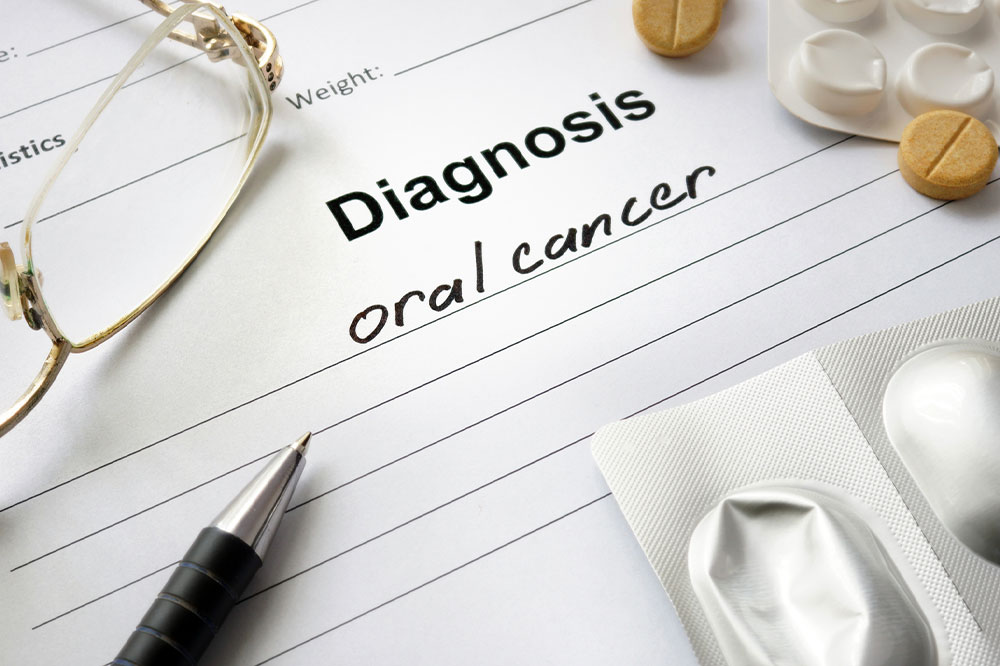Comprehensive Guide to Oral Cancer: Causes, Symptoms, and Prevention Strategies
This comprehensive article provides an in-depth overview of oral cancer, covering its causes, symptoms, and risk factors. It emphasizes the importance of early detection, regular oral checks, and lifestyle modifications to prevent this serious disease. Understanding the warning signs can help individuals seek timely medical attention, improving prognosis and survival rates. The article also discusses factors such as tobacco, alcohol, HPV, and sun exposure that heighten the risk of developing oral cancer, offering valuable insight for prevention and early diagnosis.

In-Depth Overview of Oral Cancer: Causes, Recognizing Symptoms, and Factors Increasing Risk
Oral cancer is a serious health condition that involves malignant growths affecting various parts of the mouth, including the lips, tongue, gums, roof of the mouth, and floor of the mouth. According to data from the American Cancer Society, there were approximately 49,670 new cases diagnosed in the United States alone during 2017. This form of cancer develops from genetic mutations in the cells lining the mouth, which cause abnormal cell growth. These altered cells can invade adjacent tissues and may eventually spread to other parts of the body, posing significant health risks if not detected early.
Major Causes and Risk Factors for Oral Cancer
One of the most significant contributors to oral cancer is the use of tobacco products. Whether through smoking cigarettes, cigars, or pipes, or via smokeless methods like chewing tobacco and snuff, tobacco consumption markedly increases the likelihood of developing oral malignancies. When tobacco use is combined with alcohol consumption, the risk factors synergize, further elevating the chances of malignancy formation.
Aside from tobacco and alcohol, other factors that heighten risk include certain sexually transmitted infections like human papillomavirus (HPV), which has been linked to various forms of head and neck cancers. A weakened immune system—due to conditions like HIV/AIDS or immunosuppressive therapies—can also make an individual more vulnerable to developing oral cancer. Genetic predispositions can play a role as well, with some individuals inheriting susceptibility genes that elevate their risk.
Additionally, extended exposure to sunlight, particularly affecting the lips, increases the likelihood of lip cancers, especially on the lower lip. Chronic sun exposure damages the lip skin, leading to cellular mutations that may develop into cancer over time.
Besides these risk factors, certain early warning signs can help in the prompt detection of oral cancer. Recognizing these symptoms early can significantly improve treatment success rates and overall survival prospects. Key indicators include:
Noticeable thickening or hardening of tissues within the mouth
Loosening of teeth or persistent gum pain that affects dental stability
Chronic mouth sores that tend to bleed or refuse to heal over time
Discomfort, pain, or stiffness in the jaw area
Pain or unusual sensations on the tongue
Difficulty while chewing or swallowing foods
Changes in voice, hoarseness, or ongoing sore throat sensations
Persistent pain in the ear region without apparent cause
Unexplained weight loss or sudden decline in health
Persistent facial or neck swelling accompanied by bleeding or ulceration
The appearance of white or red patches in the mouth, known as leukoplakia or erythroplakia
Unexplained episodes of bleeding inside the mouth
Loss of sensation or numbness in facial or oral areas, which could indicate nerve involvement
Consistent bad breath due to bacterial infection or tissue necrosis
The increasing incidence of oral cancer correlates strongly with the ongoing trends in tobacco and alcohol consumption. Early diagnosis through regular oral examinations by healthcare professionals is vital. Such proactive measures can lead to early intervention, reducing mortality rates and improving quality of life for affected individuals. If you notice any of these symptoms or belong to high-risk groups, consult a healthcare provider promptly for evaluation and possible screening.





